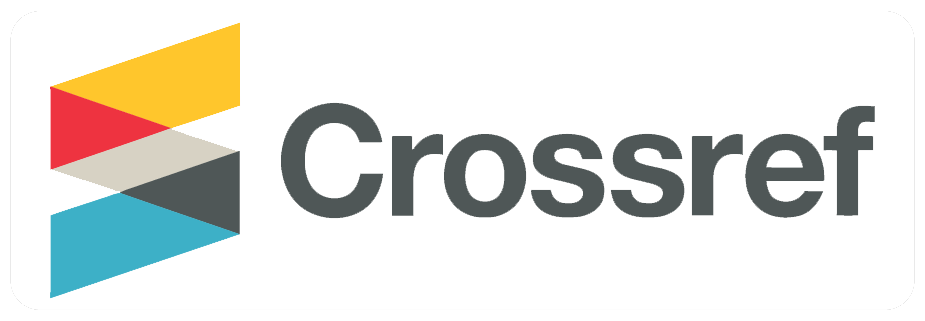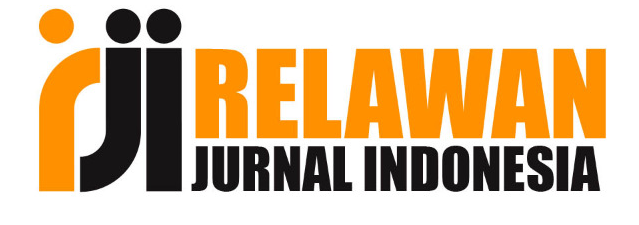PENGEMBANGAN PERANGKAT LUNAK PENYEMBUNYIAN PESAN TERENKRIPSI MENGGUNAKAN ALGORITMA MARS PADA CITRA DIGITAL DENGAN METODE ADAPTIF
DOI:
https://doi.org/10.36982/jiig.v7i1.142Abstrak
Steganography and cryptography are security method of secret message from third party who curious to see it. Steganography secures the message by hiding it on digital media. While for cryptography, it secures the message by coding it so the message will be understandable only by the message sender and the receiver. In this research, the secret text message shall be encrypted first by using MARS cryptography algorithm, then it’ll be embedded on bitmap extended grayscale image digital media with adaptive steganography method. Adaptive steganography method consisted of three phases: capacity assessment, minimum error replacement (MER) and false contouring. While MARS cryptography algorithm also has three phases: forward mixing, cryptographic core and backward mixing. After being implemented into the program, the resulted stego-images were assessed subjectively by sharing questionnaires, where out of 33 respondents 72% said that before and after embedded, the images don’t have any differences from its brightness, 48% from its noise, and 67% couldn’t choose which one stego-image is. The objective assessment was done by calculating the value of Root Mean Square Error (RMSE) and Peak Signal to Noise Rational (PSNR), where out of 8 tested stego-images had low RMSE and the PSNR were above 30dB. From both assessment, it’s concluded that the resulted stego-images had good quality (no changement significantly).
 Keywords : Cryptography, Steganography, MARS algorithm, adaptive method
Referensi
R. Frinkel, R. Taylor, R. Bolles, R. Paul, “An overview
Burwick, C. et al., 1998. MARS - a Candidate Cipher for AES. NIST AES Proposal, pp.8–23.
Burwick, C. & Coppersmith, D., 1999. The Mars Encryption Algorithm. , pp.1–12. Available at: http://citeseerx.ist.psu.edu/viewdoc/download?doi=10.1.1.35.5887&rep=rep1&type=pdf.
Halevi, S., 2015. Key Agility in MARS. Statewide Agricultural Land Use Baseline 2015, 1(May).
Kelsey, J. & Schneier, B., 2000. MARS Attacks! Preliminary Cryptanalysis of Reduced-Round MARS Variants. The Third {Advanced Encryption Standard} Candidate Conference, April 13--14, 2000, New York, NY, USA, pp.169–185. Available at: http://csrc.nist.gov/encryption/aes/round2/conf3/aes3conf.htm;nhttp://csrc.nist.gov/encryption/aes/round2/conf3/papers/AES3Proceedings.pdf;nhttp://csrc.nist.gov/encryption/aes/round2/conf3/papers/AES3Proceedings-1.pdf;nhttp://csrc.nist.gov/encryption/a.
Lee, Y.K. & Chen, L.H., 2000. High capacity image steganographic model. IEE Proceedings - Vision, Image, and Signal Processing, 147(3), p.288. Available at: http://digital-library.theiet.org/content/journals/10.1049/ip-vis_20000341.
Meena, M.K., Kumar, S. & Gupta, N., 2011. Image Steganography tool using Adaptive Encoding Approach to maximize Image hiding capacity. Soft Computing, (2), pp.7–11.
Munir, R., 2006. Kriptografi, Informatika.
Schneier, B., 1996. Applied cryptography: Protocols, algorithm, and source code in C. Government Information Quarterly, 13(3), p.336.
Unduhan
Diterbitkan
Cara Mengutip
Terbitan
Bagian
Lisensi

This work is licensed under a Creative Commons Attribution-ShareAlike 4.0 International License.











